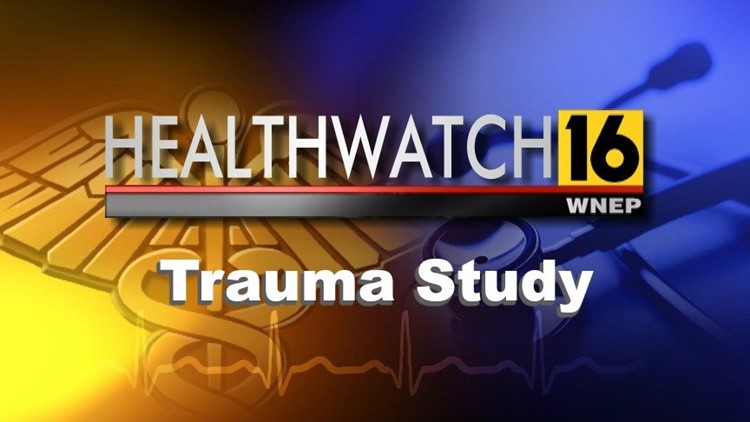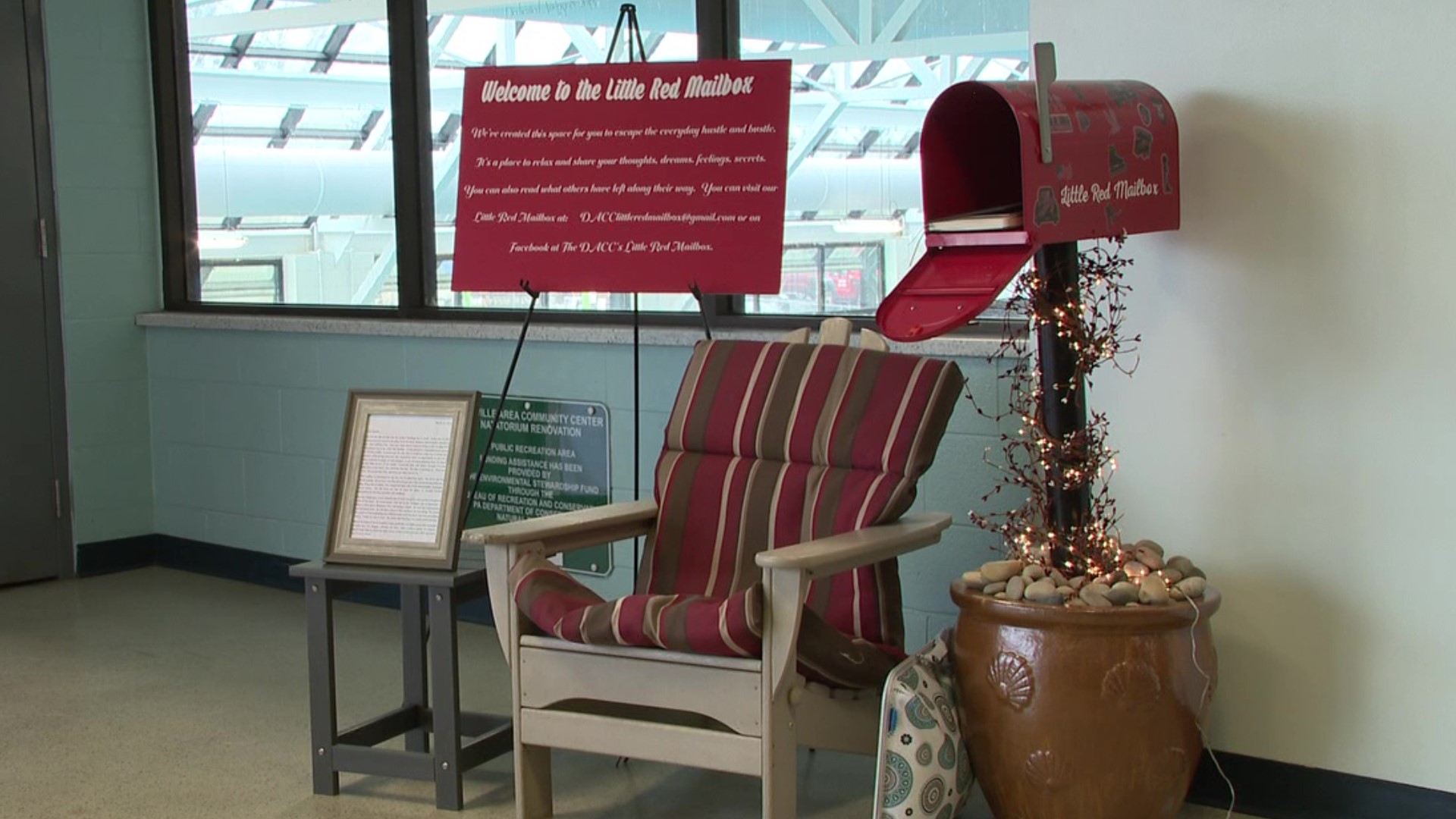GEISINGER MEDICAL CENTER — Trauma, or injury, is the leading cause of death for Americans 45 and younger.
One doctor at Geisinger Medical Center says some 30,000 trauma deaths in the U.S. each year may be preventable. He was asked to be part of an elite group to study how to lower that number and that group looked to the military for help.
Is it possible to build a national trauma care system that would eliminate preventable deaths after injury?
That’s the hope, and 20 people were called on to find out how. Dr. Douglas Kupas is an emergency physician at Geisinger Medical Center near Danville.
The National Academies of Sciences, Engineering and Medicine asked him, and other experts, to study data and make recommendations.
Dr. Kupas says the group has been meeting for the last year and a half. And members agree if you want to study responses to trauma, you have to look at the military.
“The military learns things about treating trauma, particularly as a war goes on, that improves care. And sometimes it takes a long time to translate that to a civilian world,” Dr. Kupas explained.
The example he gives is the tourniquet, which is a method used to constrict blood flow. Dr. Kupas says military medics had long realized the benefits of using a tourniquet on the battlefield, but it was quite a few years before it became common civilian practice.
He points out that battlefields are more commonly making their way into civilian life, with the rise of mass shootings, and the increase of wounds typically seen in war zones.
Dr. Kupas says emergency room personnel both in big cities and in rural areas need to know how to handle trauma on a large scale. This report spells out recommendations for how they might begin.
“So we think that the civilian side can help the military side maintain preparedness, and the military side can help teach civilian side about mass shootings and trauma care in a much quicker way than if we had to get that experience in a civilian world.”
The committee on which Dr. Kupas served published its report in June.
This fall, he plans to present their recommendations to the National Association of State EMS Officials, and at the Pennsylvania Trauma Systems Foundation conference.



